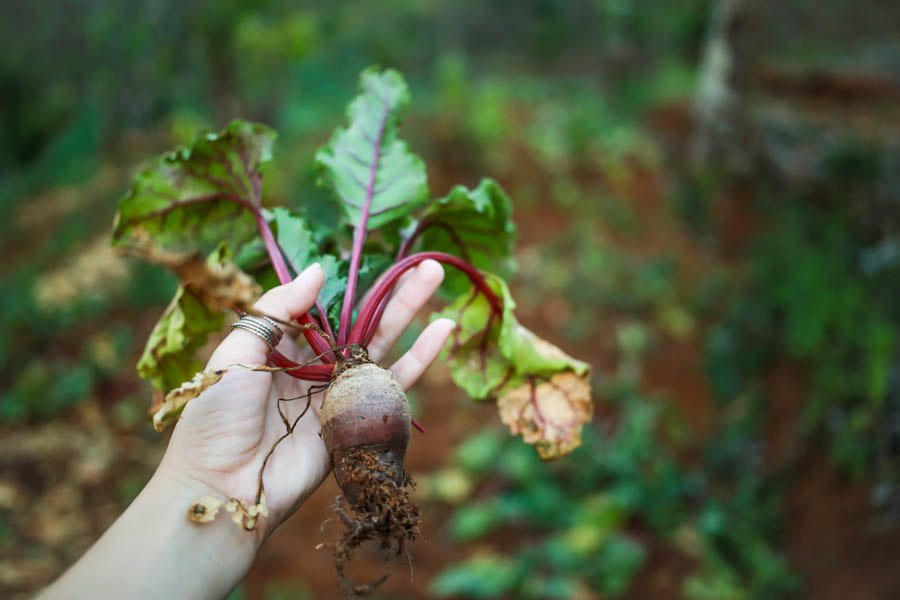The Road Less Traveled: Vegetable Juice Enthusiast to Gardener

Vegetable juice enthusiasts may be interested in beets primarily for their leaves, which for some are a staple for fresh, raw vegetable juicing. GardenZeus expert Darren Butler observes that there are many paths to becoming a gardener, and he believes that it is merely a hop, skip, and a jump from being a veggie juicer to becoming a beet-leaf gardener, and from there, in no time at all, you may be growing tomatoes and giant pumpkins.
Anyone who eats, juices, or cooks with beet leaves but does not favor cooking or eating the roots, may find that they regularly discard unused beet roots. It this describes you, try replanting the healthiest, firmest beet roots in your garden as soon as possible after purchasing them, or start with a single large planting pot filled with a mixture of sand and potting soil. Space replanted beet roots closely with just a couple of inches between each root. In reasonably fertile soil, if supplemented once or twice per month with nitrogen, replanted beet roots will produce new leaves for several weeks to several months during cool weather and in mild climates before bolting or expiring.
GardenZeus Fun Fact. Out-of-this-World beets: During the 1975 Apollo-Soyuz Test Project, cosmonauts from the USSR’s Soyuz 19 shuttle welcomed the Apollo 18 crew by preparing beet soup (borscht) in zero gravity.
Don’t know your GardenZeus climate zone? Click here.
Other articles of interest: